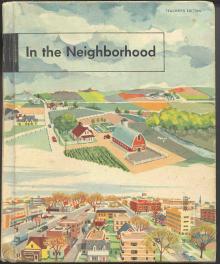Why I am an old urbanist
in response to Rob Goodspeed's latest op-ed on Planetizen, "The Origin of New Urbanism's Persistent Image Problem."
WRT your crack about the "old urbanist," I have never ignored the valuable critical analysis and focus on urbanism that new urbanism provides. I think the Charter is amazing and the transect is an important and powerful way to make evaluations about appropriateness of building type and urban design across the development spectrum. That being said, I prefer to focus on center city revitalization and repopulation, not improvement of suburban spaces. After all, we all have to focus.
Furthermore, just because something is urban infill doesn't mean that it's "new urban." It's fair to say that pro urbanists like William Whyte, Jane Jacobs, the efforts of Project for Public Spaces, etc., predated the development of the new urban field. I think that you dismiss them too easily. The work of Whyte and PPS is equal to the best of the new urban analysis and writing.
Still, I recognize that new urbanism has been particularly valuable in extending, defending, and defining the qualities that make up true urbanism. I am particularly grateful for and impressed by the vision and rigor of new urbanism as expressed by its leaders and proponents.
But since most new urbanism is about greenfield development and refiguring the design of suburban places, it is more accurately termed new suburbanism. Hence my preference to be called an old urbanist.

Labels: urban design/placemaking, urban revitalization, urban vs. suburban



0 Comments:
Post a Comment
<< Home